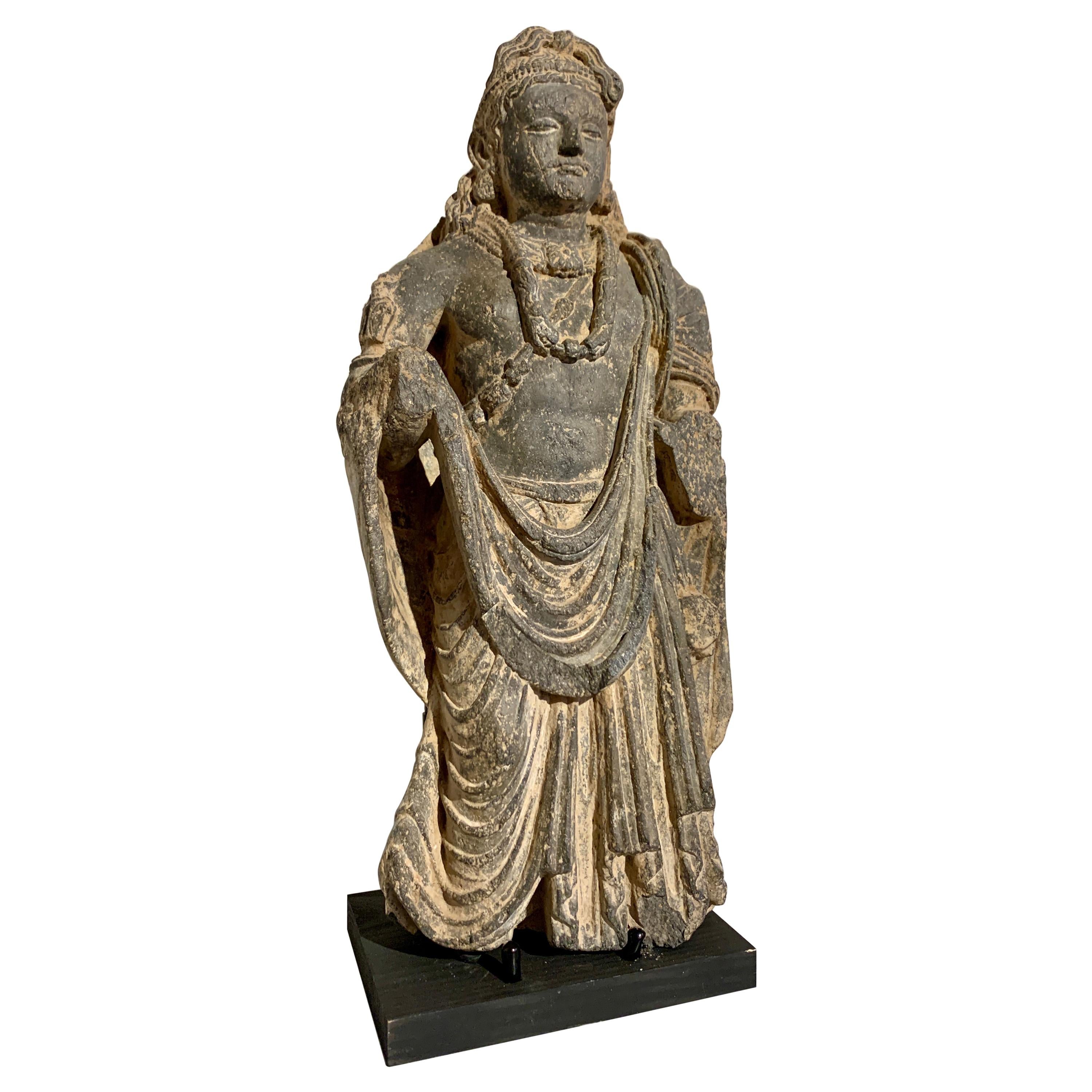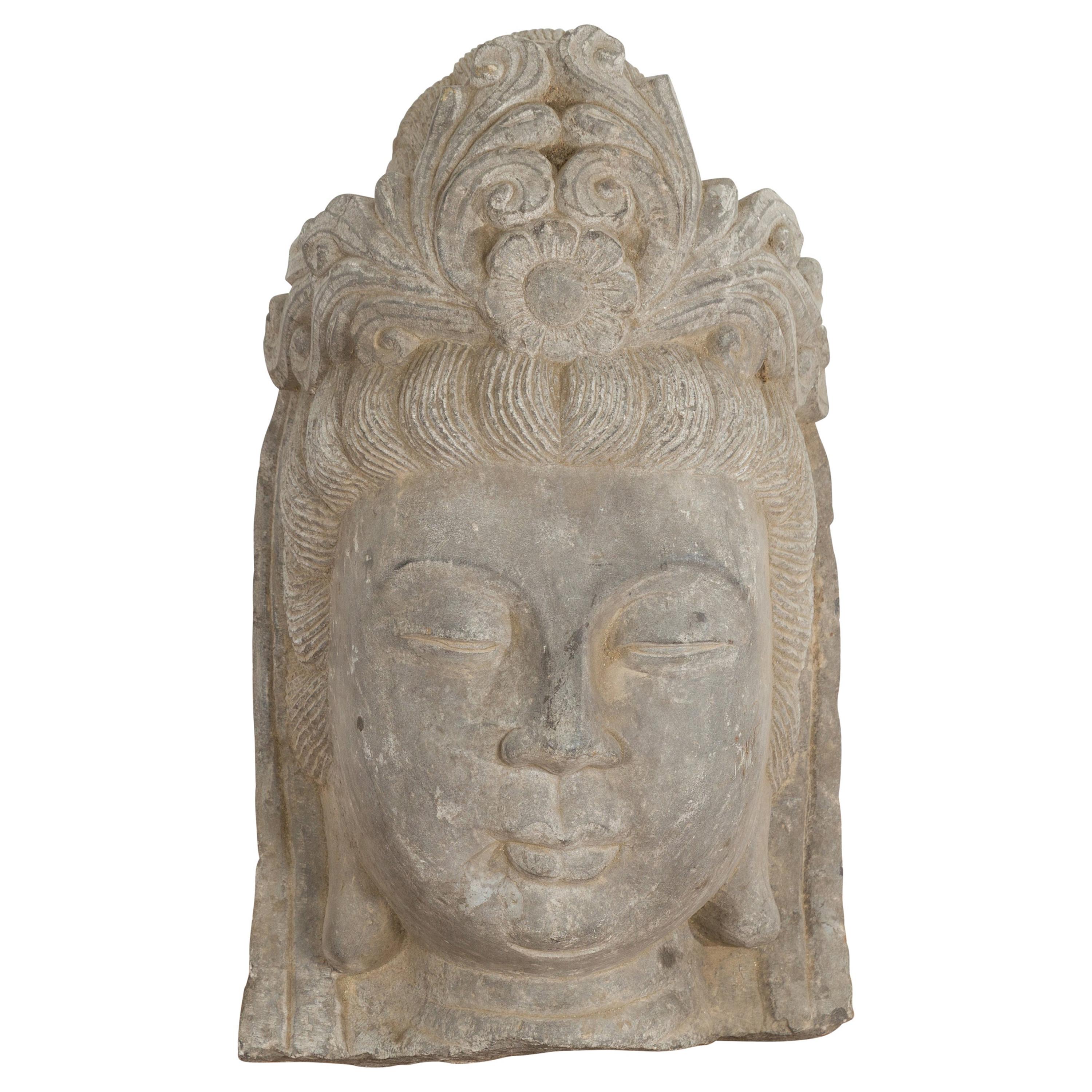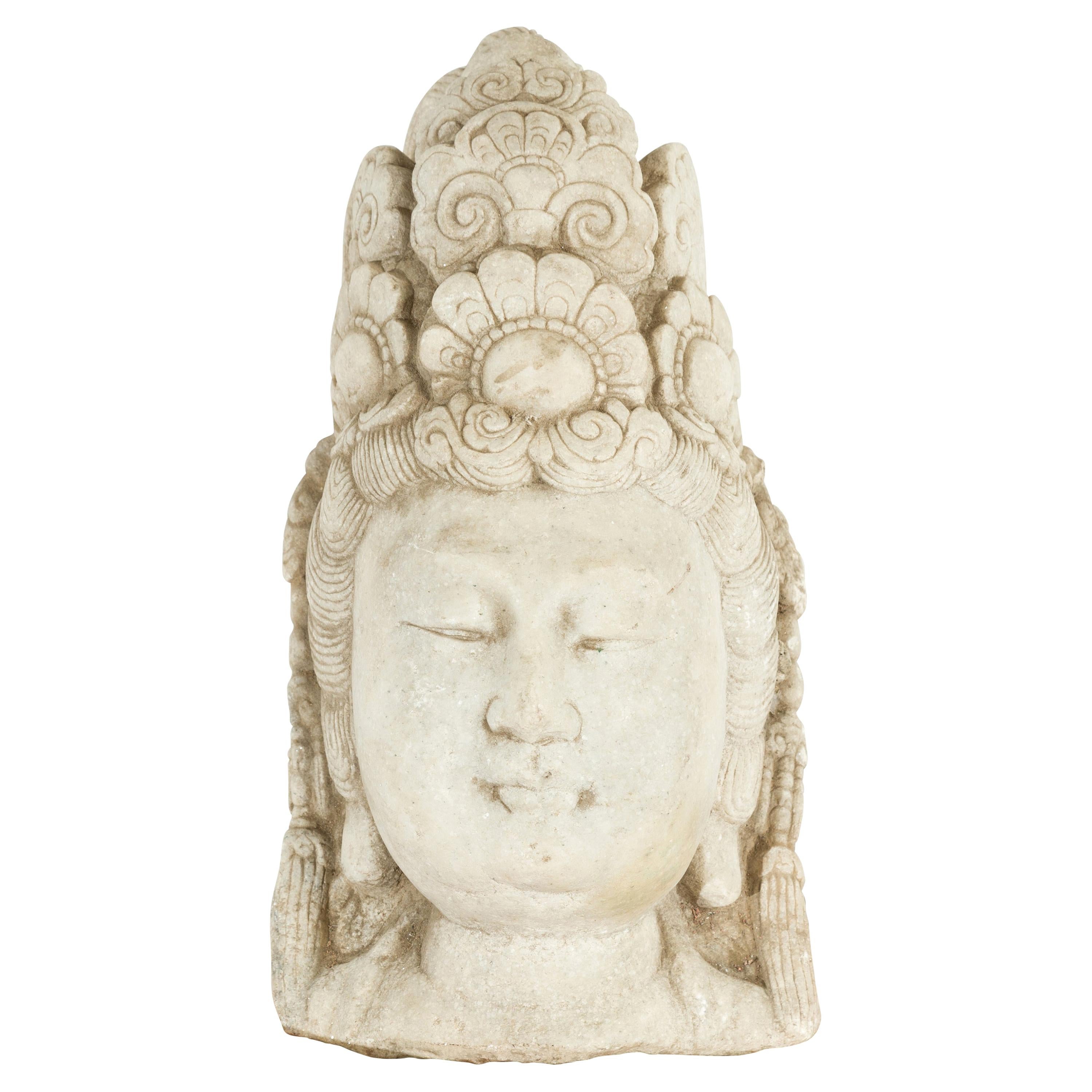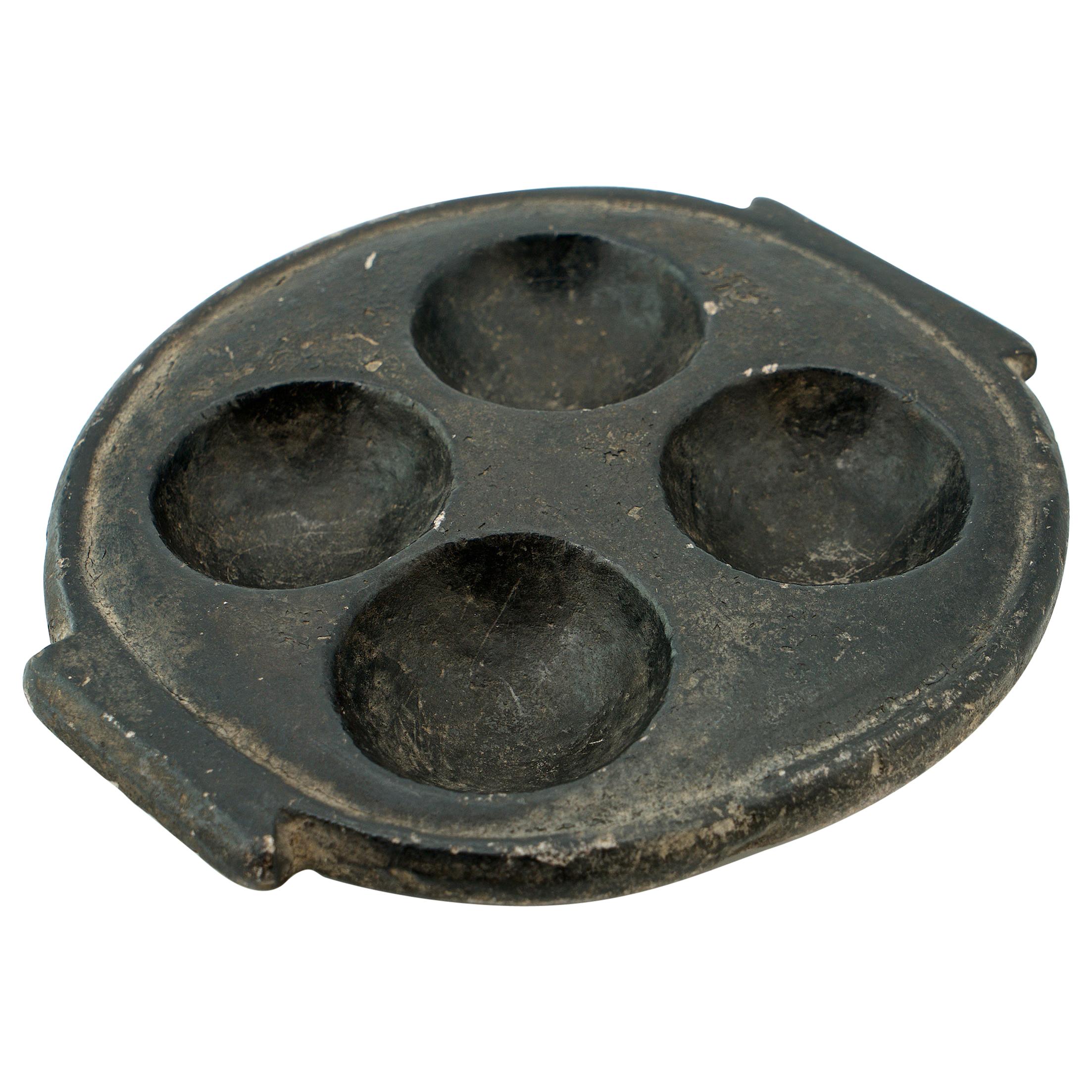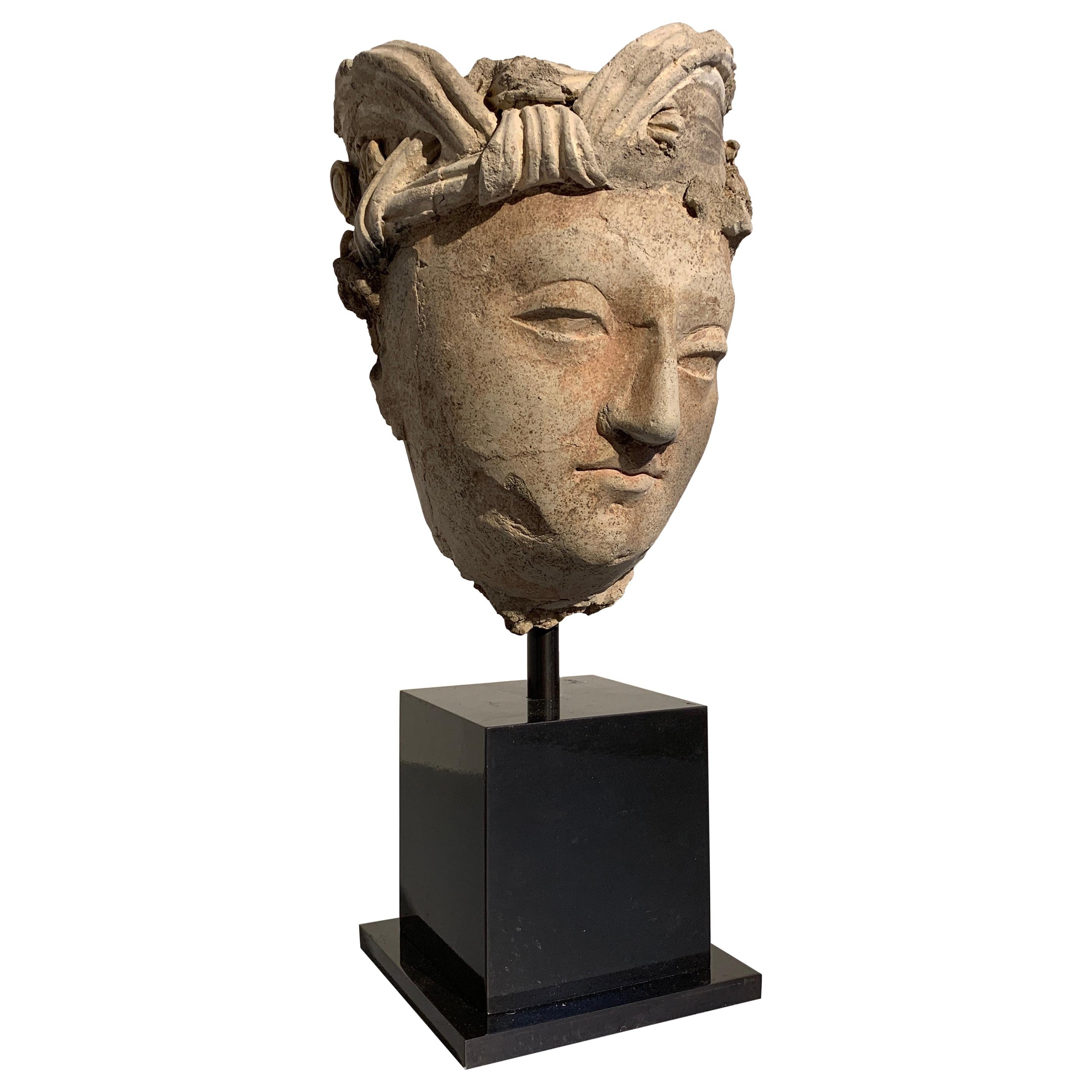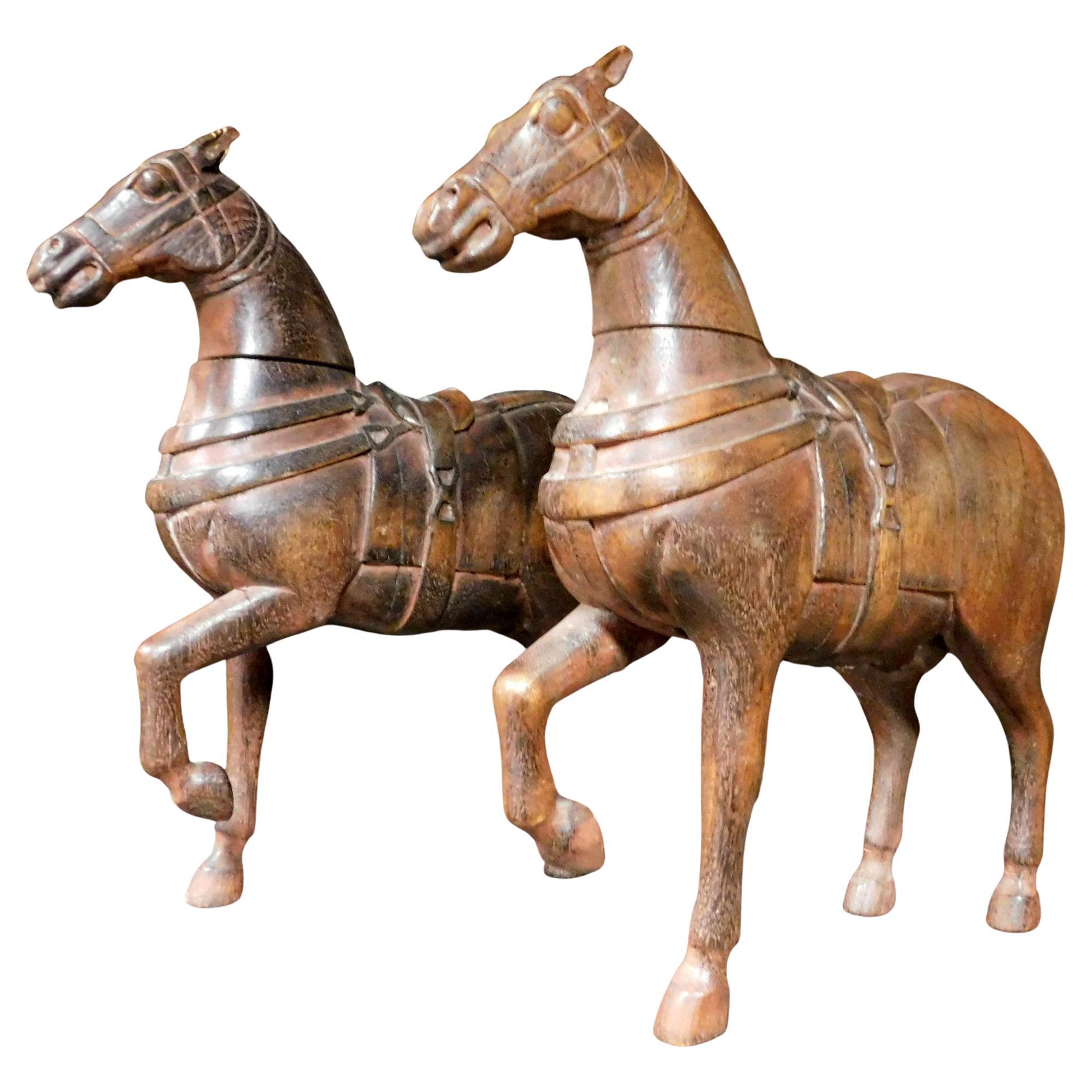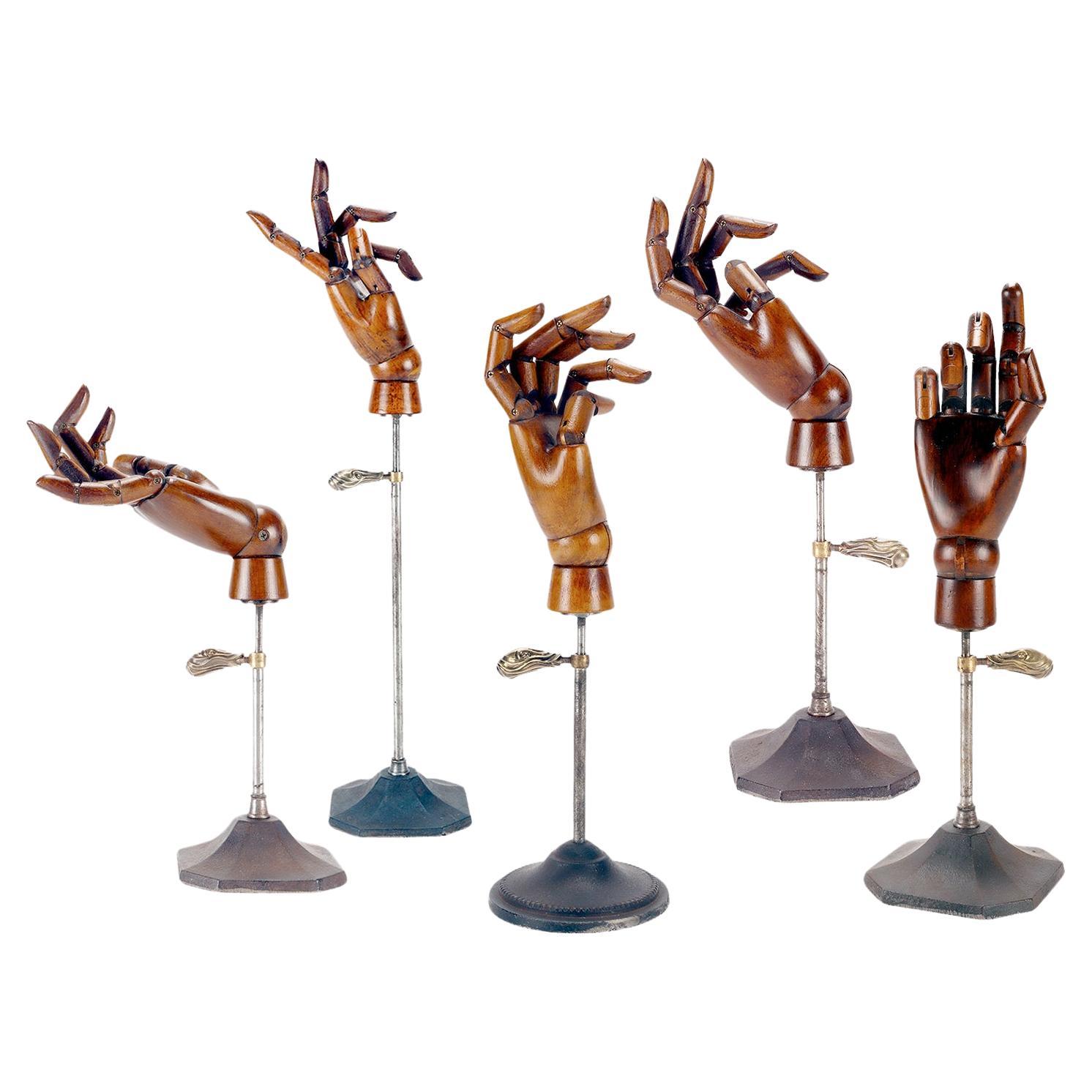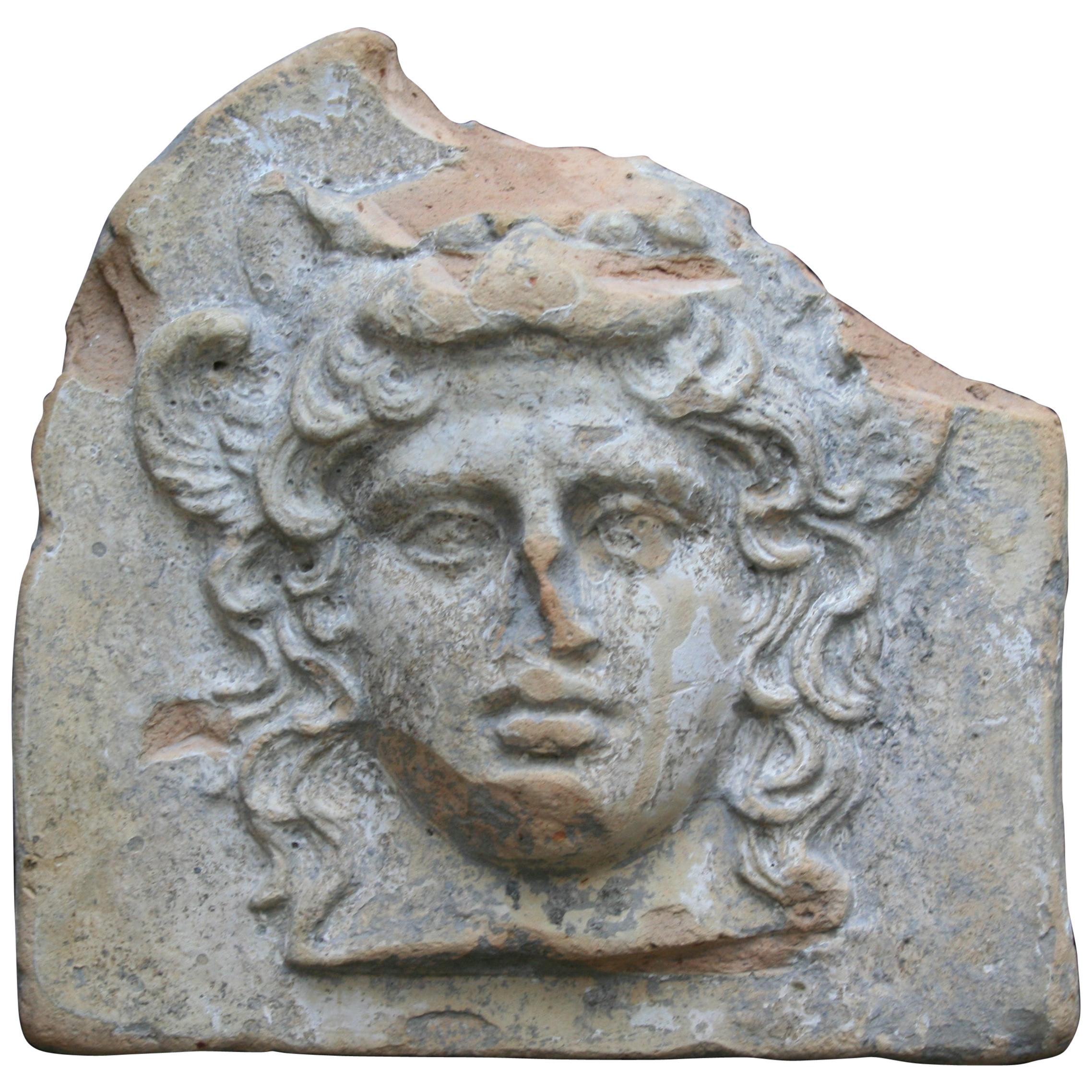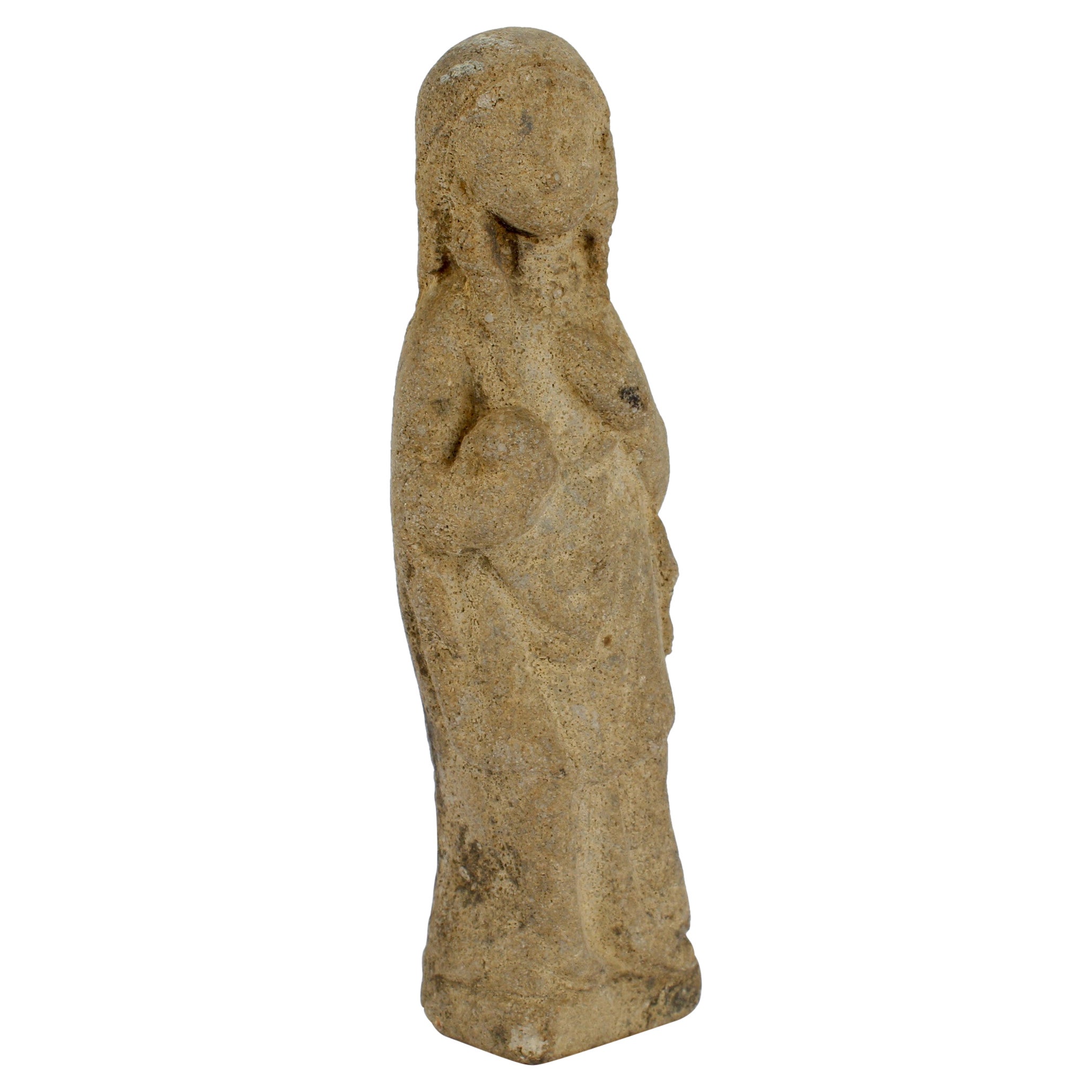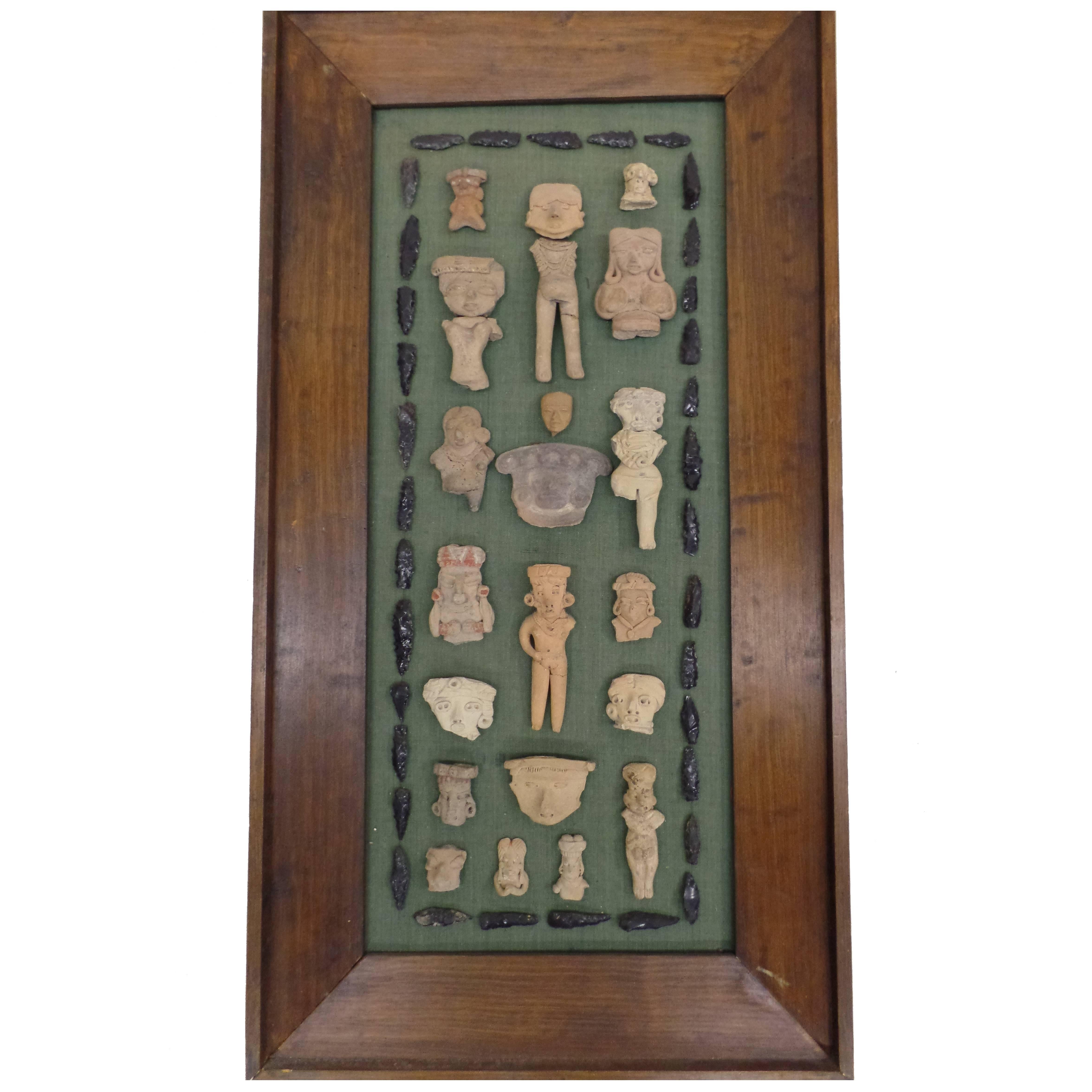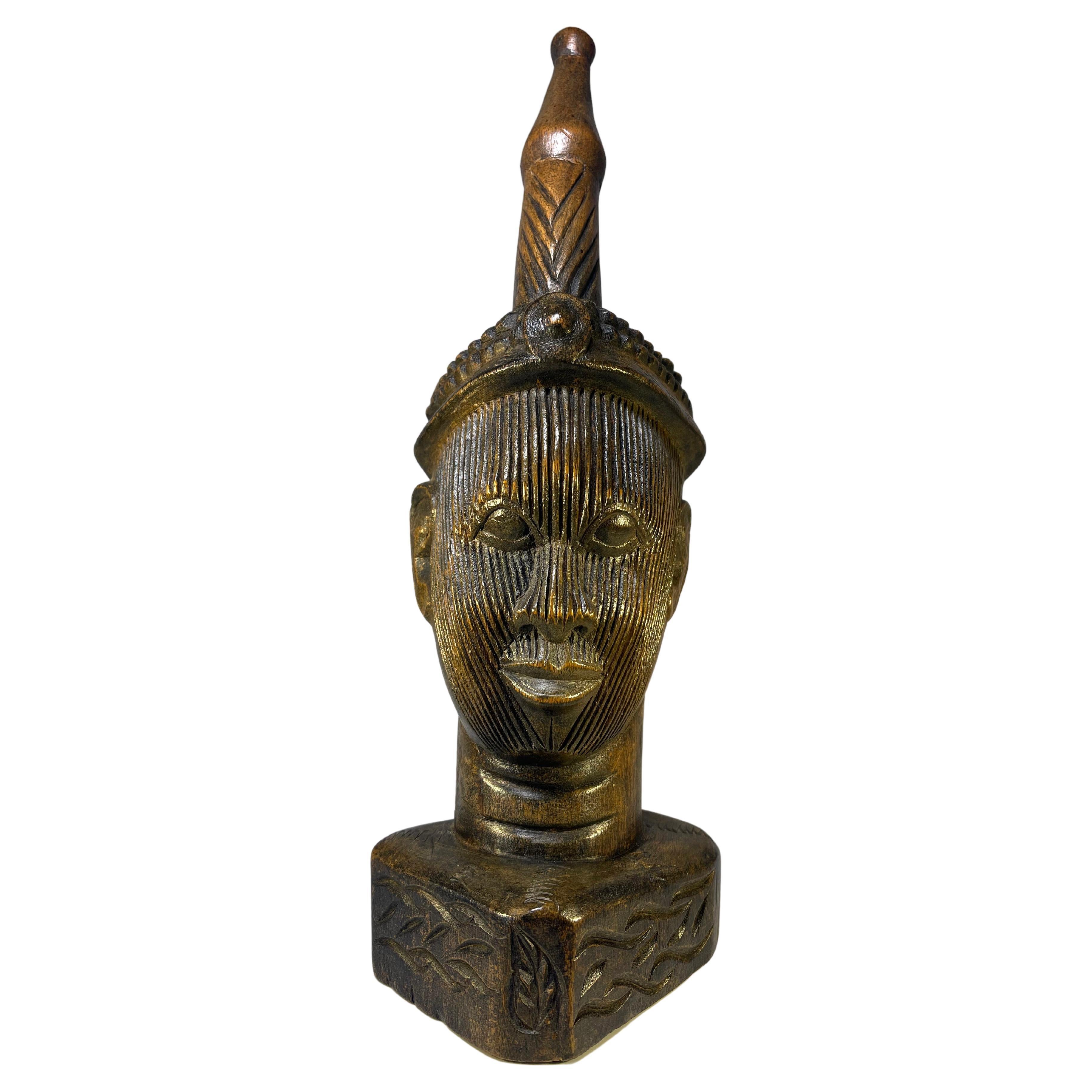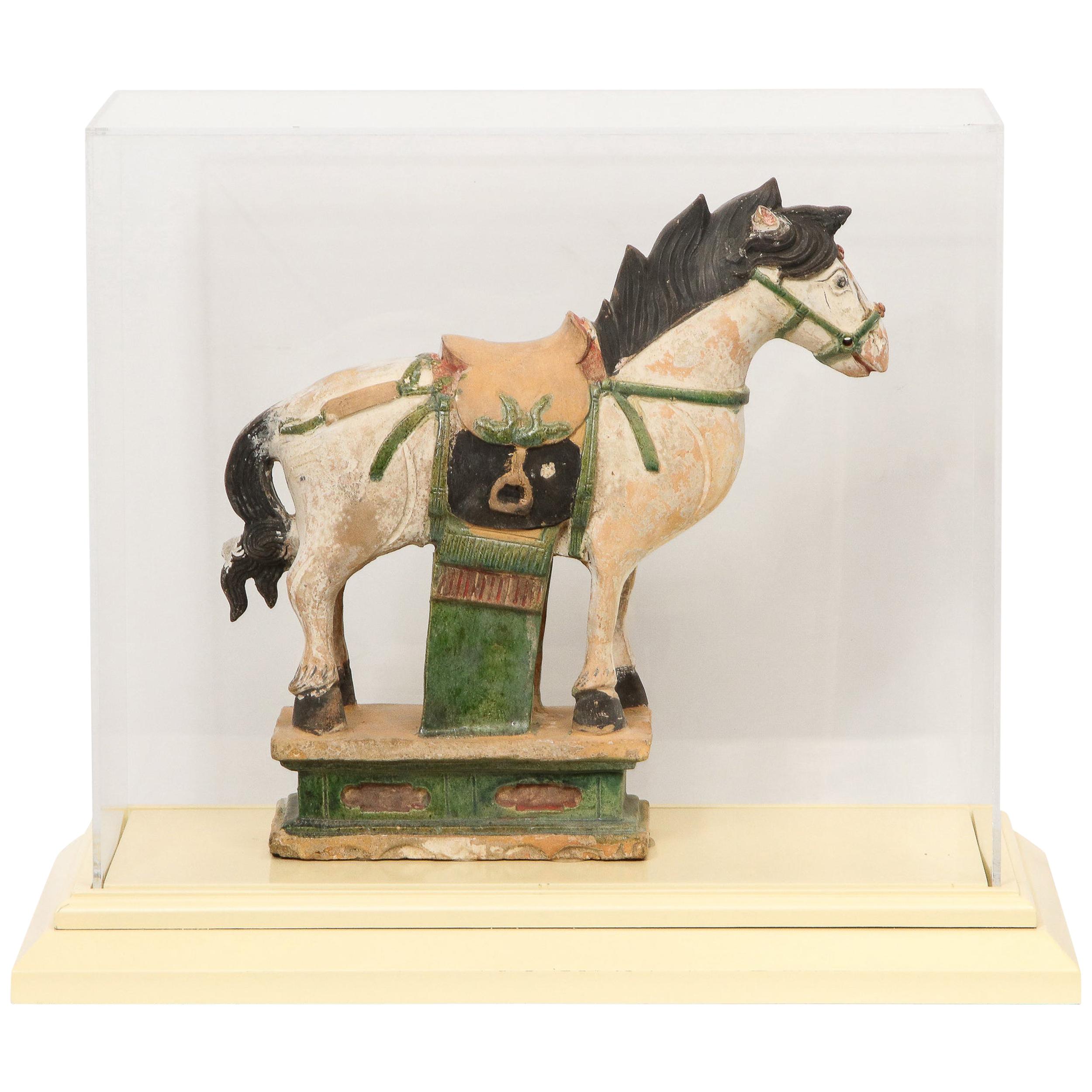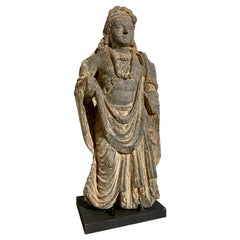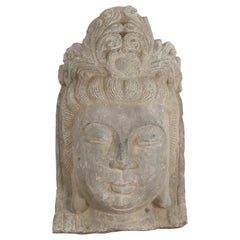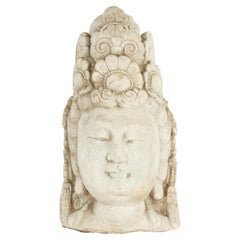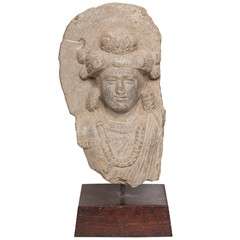
Gandharan Schist Stone Bust of a Bodhisattva
View Similar Items
1 of 9
Gandharan Schist Stone Bust of a Bodhisattva
$1,450List Price
About the Item
- Dimensions:Height: 7 in (17.78 cm)
- Materials and Techniques:
- Place of Origin:
- Period:
- Date of Manufacture:Ca 1st to 3rd Century AD
- Condition:Wear consistent with age and use. Chipped along chin and edges.
- Seller Location:New York, NY
- Reference Number:Seller: 101541stDibs: 130228942260
Authenticity Guarantee
In the unlikely event there’s an issue with an item’s authenticity, contact us within 1 year for a full refund. DetailsMoney-Back Guarantee
If your item is not as described, is damaged in transit, or does not arrive, contact us within 7 days for a full refund. Details24-Hour Cancellation
You have a 24-hour grace period in which to reconsider your purchase, with no questions asked.Vetted Professional Sellers
Our world-class sellers must adhere to strict standards for service and quality, maintaining the integrity of our listings.Price-Match Guarantee
If you find that a seller listed the same item for a lower price elsewhere, we’ll match it.Trusted Global Delivery
Our best-in-class carrier network provides specialized shipping options worldwide, including custom delivery.You May Also Like
Gandharan Standing Bodhisattva Maitreya, Carved Black Schist, 2nd-4th Century
Located in Austin, TX
An impressive and well carved Gandharan figure of the Bodhisattva Maitreya, the Buddha of the Future, carved black schist, ancient Kingdom of Gand...
Category
Antique 15th Century and Earlier Pakistani Antiquities
Materials
Schist
Chinese Vintage Carved Stone Bust of Guanyin, Bodhisattva of Compassion
Located in Yonkers, NY
A large Chinese vintage carved stone bust of Guanyin from the mid 20th century. Found in southern China, this large carved stone bust captivates u...
Category
Mid-20th Century Chinese Sculptures and Carvings
Materials
Stone
Vintage Chinese Carved Stone Bust of Guanyin the Bodhisattva of Compassion
Located in Yonkers, NY
A Chinese vintage carved stone bust of Guanyin from the mid 20th century, with ornate headdress. Created in China during the midcentury period, this carved stone bust captivates us w...
Category
Mid-20th Century Chinese Sculptures and Carvings
Materials
Stone
African Black Stone Palette Dish Bowl Ashtray Relief Sculpture
Located in Hyattsville, MD
Native carved blackened stone artifact, weighs 2 lbs 12 oz. Age is unknown, estate purchase.
Category
Antique 15th Century and Earlier Puerto Rican Pre-Columbian Abstract Scu...
Materials
Cast Stone
$1,516 Sale Price
20% Off
Gandharan Stucco Head of a Bodhisattva, Region of Hadda, 3rd-5th Century
Located in Austin, TX
A striking Gandharan molded stucco head of a male Bodhisattva, tentatively identified as Manjushri, ancient region of Gandhara, probably Hadda or surrounding area, 3rd-5th century.
The Bodhisattva is sculpted of stucco in an idealized manner as a youthful male, with soft and kind features, a benign expression on his face. He wears an elaborate pleated turban wrapped around his head, with two sweeping lobes at the front.
His turban secured on one side by a small image of a roaring lion. The lion may be read as a reference to Manjushri, the Bodhisattva of Wisdom, who is often depicted as riding or subduing a roaring lion, a metaphor for taming the wild thoughts of the mind.
Manjushri gazes outwards in a beatific manner from almond shaped eyes, a gentle smile on his lips. The eyes at different levels when looking at the sculpture head on, indicating the original placement of the head was meant to be viewed at an angle.
Remnants of pigments to the eyes, nose, mouth and ears.
Mounted on a custom black metal stand.
Hadda was an important center of Buddhist learning in the early history of Greco Buddhist Gandhara, and at one time may have housed a bone relic of the historical Buddha, Shakyamuni. The sculpture and architecture of Hadda followed Hellenistic artistic conventions faithfully, leading some scholars to believe the distinct Greco Buddhist style of Gandhara was first developed in Hadda before spreading to the rest of the region.
The kingdom of Gandhara was situated at a crossroads of trade and cultures. Being one of the last remnants of Alexander the Great's Empire, the inhabitants of the Greco-Bactrian Buddhist kingdom preserved Greek culture and heritage for centuries after the decline of the Greek Empire...
Category
Antique 15th Century and Earlier Afghan Hellenistic Sculptures and Carvings
Materials
Stucco
Ancient Pair of Carved Wooden Sculptures of Horses, 19th Century
Located in Cuneo, Italy (CN)
Ancient pair of carved hardwood sculptures, depicting a pair of trotting horses, sculpted in the 19th century.
They measure about W 7 x H 30 x T 30 cm.
Category
Antique Early 19th Century European Animal Sculptures
Materials
Wood
$1,148 Sale Price
20% Off
